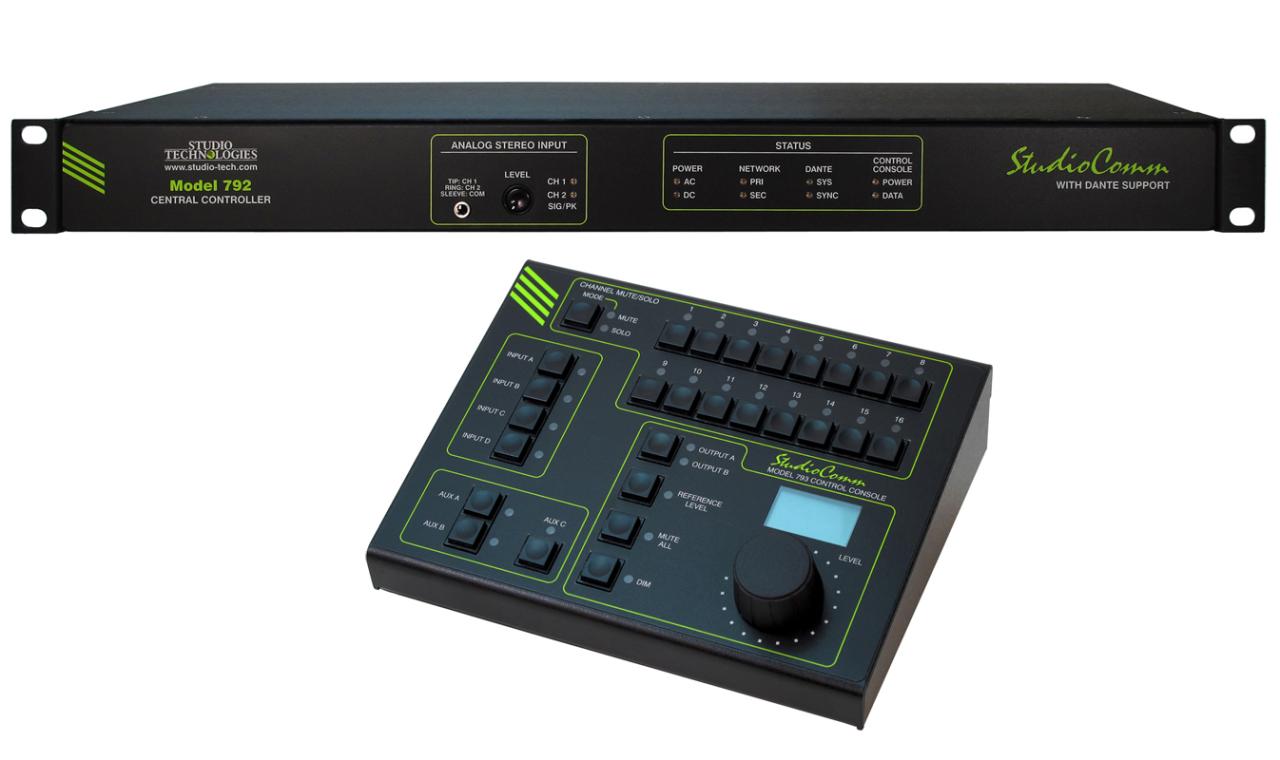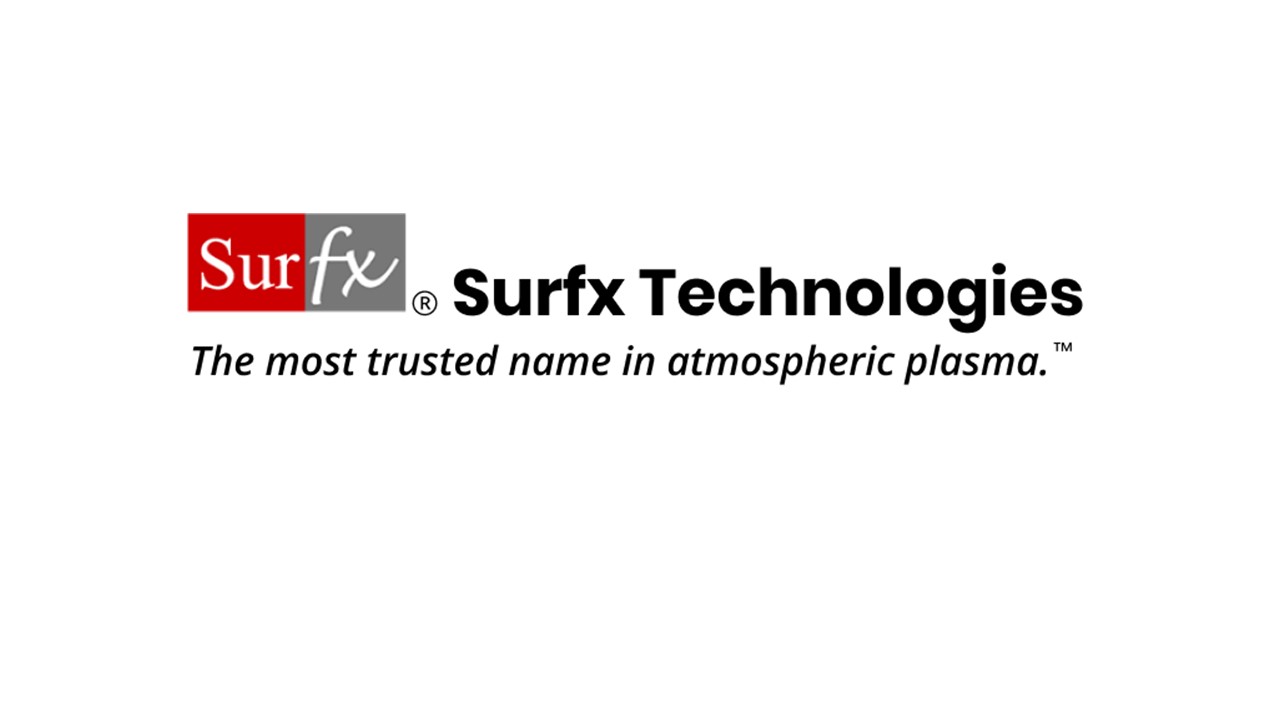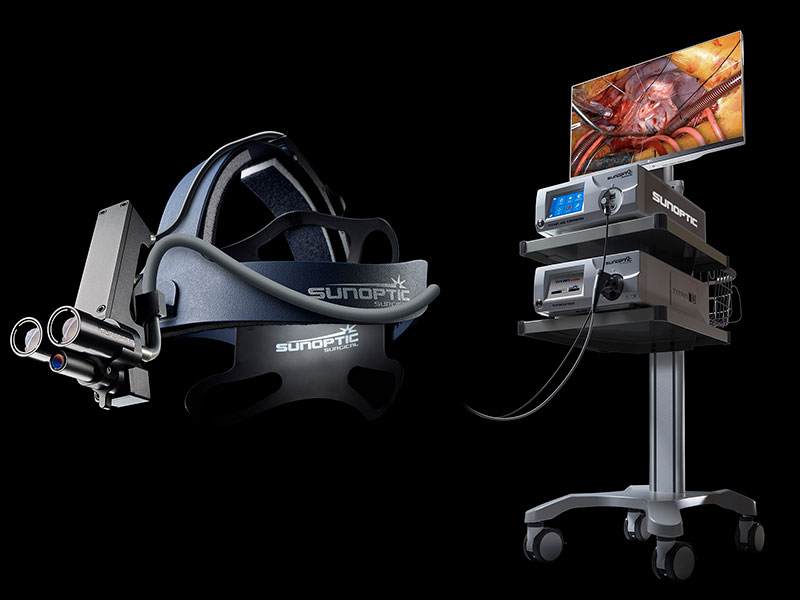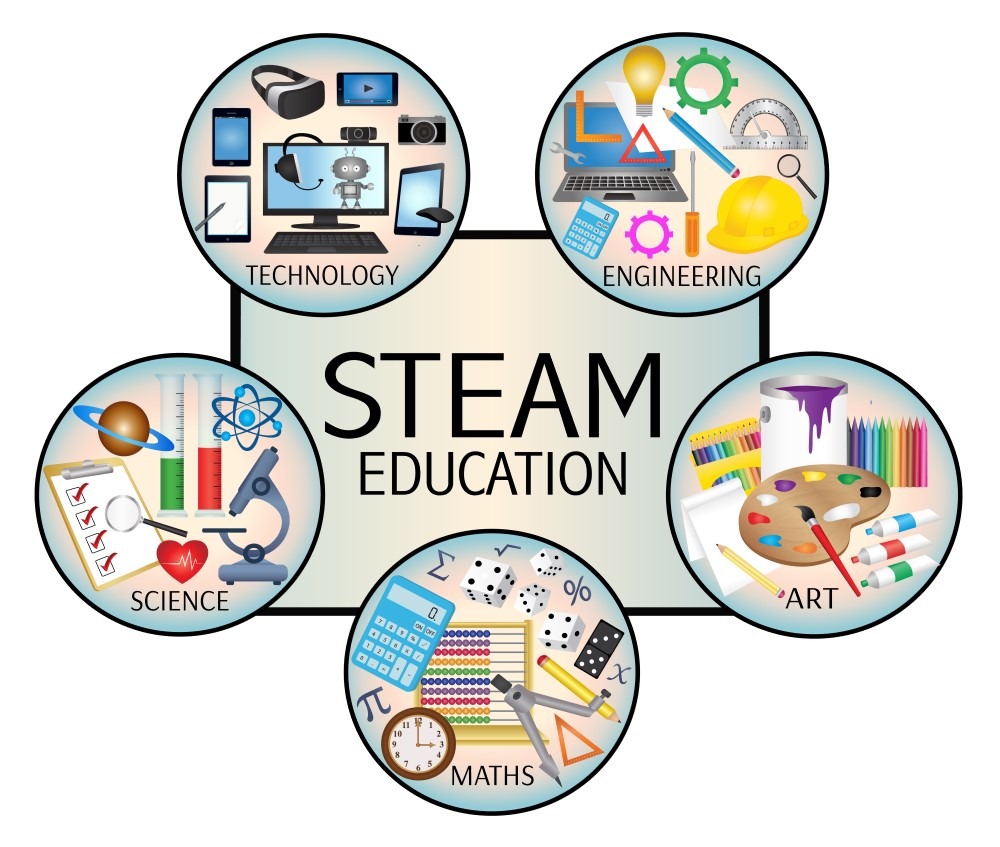Studio Technologies: Shaping Content Creation
Studio technologies have revolutionized the way we create content, from the early days of analog recording to the sophisticated digital workflows of today. This journey has seen a dramatic shift, […]

Studio technologies have revolutionized the way we create content, from the early days of analog recording to the sophisticated digital workflows of today. This journey has seen a dramatic shift, marked by advancements in recording, editing, and post-production techniques that have transformed the studio environment.
From the humble beginnings of tape recorders and mixing consoles to the powerful digital audio workstations (DAWs) and virtual instruments of today, studio technologies have empowered artists, producers, and engineers to achieve new levels of creativity and sonic excellence.
Evolution of Studio Technologies
The evolution of studio technologies has been a fascinating journey, marked by significant advancements that have revolutionized the way we create and consume content. From the early days of analog recording to the sophisticated digital workflows of today, the studio has undergone a remarkable transformation, driven by innovation and a constant pursuit of higher fidelity and efficiency.
Transition from Analog to Digital Workflows
The transition from analog to digital workflows was a watershed moment in the history of studio technology. Analog recording, relying on physical mediums like tape, was the dominant paradigm for decades, but it was prone to limitations such as noise, distortion, and degradation over time. The advent of digital technology in the 1980s and 1990s ushered in a new era of precision, flexibility, and accessibility.
- Benefits of Digital Workflows: Digital audio workstations (DAWs) offered unparalleled control over audio signals, enabling precise editing, mixing, and mastering. The ability to manipulate and store audio data digitally eliminated the physical constraints of analog tape, allowing for greater flexibility and creativity. Digital audio also provided a significant advantage in terms of fidelity, reducing noise and distortion inherent in analog systems. This resulted in a cleaner and more accurate sound reproduction, opening up new possibilities for audio engineers and musicians.
- Challenges of Digital Workflows: While digital technology offered numerous advantages, it also presented its own set of challenges. The transition required a significant learning curve for professionals accustomed to analog workflows. The cost of early digital equipment was also a barrier for many studios, making it a significant investment. Additionally, concerns about the long-term preservation of digital audio files arose, as digital formats were constantly evolving.
Impact of Advancements on the Studio Environment
Advancements in recording, editing, and post-production have significantly transformed the studio environment, making it more accessible, versatile, and efficient.
- Recording: The development of high-quality microphones, preamps, and digital audio interfaces has allowed for capturing audio with unprecedented clarity and detail. Portable recording devices have also democratized the recording process, allowing musicians and sound engineers to record in diverse locations and environments.
- Editing: DAWs have become indispensable tools for audio editing, offering a wide range of features for manipulating audio signals, including cutting, pasting, trimming, and applying effects. Non-linear editing capabilities allow for seamless manipulation of audio segments, enabling creative experimentation and precise control over the final product.
- Post-Production: Advancements in digital signal processing (DSP) have led to a vast array of plug-ins and virtual instruments, providing musicians and producers with an extensive toolkit for shaping and enhancing sound. The use of virtual instruments has also revolutionized music production, offering a wide range of sounds and instruments that are not always available in a traditional studio setting.
Core Studio Technologies
Modern music production relies on a diverse array of technologies, each playing a crucial role in shaping the final sound. Understanding these technologies is essential for aspiring and established producers alike. This section will delve into the core technologies that form the backbone of a modern studio, exploring their functions, advantages, and disadvantages.
Essential Studio Technologies
The core studio technologies can be broadly categorized into four essential components: audio interfaces, digital audio workstations (DAWs), microphones, and studio monitors.
| Technology | Function | Advantages | Disadvantages |
|---|---|---|---|
| Audio Interface | Connects analog audio signals (from microphones, instruments, etc.) to a computer for digital processing and vice versa. | Provides high-quality audio conversion, multiple input/output channels, and often features built-in preamps for microphones. | Can be expensive, depending on the number of inputs/outputs and features. |
| Digital Audio Workstation (DAW) | Software that provides a platform for recording, editing, mixing, and mastering audio. | Offers a wide range of tools and features for audio manipulation, including virtual instruments, effects, and automation. | Requires a powerful computer system for smooth operation and can have a steep learning curve. |
| Microphones | Capture sound waves and convert them into electrical signals that can be processed by an audio interface. | Offer various pickup patterns (cardioid, omnidirectional, etc.) and frequency responses to suit different recording applications. | Can be sensitive to noise and require careful placement for optimal results. |
| Studio Monitors | Speakers specifically designed for accurate sound reproduction, allowing producers to hear the true nature of their recordings. | Provide a neutral sound signature, revealing the details of the audio mix. | Can be expensive and require careful placement and room acoustics to avoid coloration of the sound. |
Audio Interfaces
Audio interfaces act as the bridge between the analog world of musical instruments and microphones and the digital realm of computers. They convert analog audio signals into digital data that can be processed by a DAW.
Audio interfaces typically offer multiple input and output channels, allowing producers to connect various instruments and microphones simultaneously.
The quality of an audio interface is crucial, as it directly affects the fidelity of the recorded sound. Higher-end interfaces often feature premium analog-to-digital converters (ADCs) and digital-to-analog converters (DACs) for accurate and transparent audio conversion.
Digital Audio Workstations (DAWs)
DAWs are the software heart of modern studios, providing a comprehensive suite of tools for recording, editing, mixing, and mastering audio. They offer a virtual environment where producers can arrange, manipulate, and refine their musical ideas.
DAWs offer a wide range of features, including virtual instruments, effects, automation, and MIDI sequencing.
Popular DAWs include Ableton Live, Logic Pro X, Pro Tools, FL Studio, and Studio One. The choice of DAW often depends on the producer’s workflow and specific needs.
Microphones, Studio technologies
Microphones are essential for capturing sound in the studio. They come in various types, each with its unique characteristics and applications.
Microphones are categorized based on their pickup pattern, which determines the direction from which they capture sound.
For example, cardioid microphones are highly directional, capturing sound primarily from the front, while omnidirectional microphones capture sound equally from all directions. The choice of microphone depends on the specific instrument or voice being recorded.
Studio Monitors
Studio monitors are speakers designed for accurate sound reproduction, ensuring that producers can hear the true nature of their recordings without coloration. They are essential for making informed mixing decisions and ensuring that the final mix translates well across different playback systems.
Studio monitors are often categorized by their frequency response, which determines the range of frequencies they can reproduce accurately.
Flat-response monitors are preferred for mixing, as they provide a neutral sound signature that allows producers to hear the details of the mix.
Emerging Studio Technologies
The landscape of studio production is undergoing a dramatic transformation, driven by the emergence of cutting-edge technologies that are redefining creative workflows and outputs. Virtual reality (VR) and artificial intelligence (AI) are two such technologies that are poised to revolutionize the way studios operate and create content.
Virtual Reality in Studio Production
VR technology is rapidly gaining traction in studio production, offering immersive experiences and innovative solutions for content creation. The ability to create and interact with virtual environments opens up new possibilities for storytelling, design, and collaboration.
VR can be used to create immersive experiences for audiences, transporting them to fantastical worlds or recreating real-life environments with stunning realism. It also empowers filmmakers to visualize scenes and compositions in a way that was previously impossible.
Here are some specific applications of VR in studio production:
- Pre-visualization and storyboarding: VR allows filmmakers to visualize and storyboard scenes in a 3D environment, providing a more intuitive and interactive way to plan shots and camera movements.
- Set design and virtual location scouting: VR can be used to create virtual sets and environments, enabling designers to experiment with different layouts and aesthetics before committing to physical construction.
- Interactive storytelling and audience engagement: VR experiences can offer interactive elements that allow audiences to participate in the narrative, enhancing their engagement and immersion.
Artificial Intelligence in Studio Production
AI is rapidly evolving, and its applications in studio production are becoming increasingly sophisticated. AI algorithms can analyze vast amounts of data, automate repetitive tasks, and even generate creative content.
Here are some key areas where AI is transforming studio production:
- Music composition and sound design: AI can generate musical scores, sound effects, and even entire soundtracks based on specific parameters and styles.
- Visual effects and animation: AI can assist in creating realistic visual effects, such as character animation, crowd simulation, and environment rendering.
- Content editing and post-production: AI can automate tasks like color grading, noise reduction, and object tracking, streamlining the post-production workflow.
Examples of Studio Integration
Several studios are already embracing these emerging technologies, demonstrating their potential to enhance creative workflows and outputs.
- Pixar utilizes VR technology to create immersive environments for their animated films, enabling filmmakers to experience scenes and characters in a more realistic way.
- The Walt Disney Company has implemented AI-powered tools for visual effects and animation, automating repetitive tasks and enhancing the quality of their productions.
- Netflix is exploring the use of VR and AI for interactive storytelling and personalized content recommendations, tailoring experiences to individual viewers.
Studio Technology Trends
The studio industry is constantly evolving, driven by technological advancements and shifting consumer preferences. These changes are shaping the way studios operate, collaborate, and create content.
Cloud-Based Workflows
Cloud-based workflows are becoming increasingly popular in the studio industry, offering numerous benefits such as scalability, accessibility, and cost-effectiveness. This trend is driven by the increasing need for studios to access and collaborate on large files, as well as the growing demand for remote work options.
- Increased Scalability: Cloud-based platforms allow studios to easily scale their resources up or down based on their needs, eliminating the need for expensive hardware investments. This is particularly beneficial for studios working on projects that require a surge in computing power, such as visual effects or animation.
- Enhanced Accessibility: Cloud storage and collaboration tools enable studios to access their projects and collaborate with team members from anywhere in the world, regardless of their location. This flexibility is essential for studios with remote teams or those working on international projects.
- Cost-Effectiveness: Cloud-based solutions often come with a subscription-based pricing model, which can be more cost-effective than purchasing and maintaining expensive hardware and software. This model also eliminates the need for studios to invest in IT infrastructure and maintenance.
Remote Collaboration Tools
The rise of remote work has led to a surge in demand for collaboration tools that facilitate seamless communication and project management. These tools enable studios to work effectively with remote teams, regardless of their location.
- Real-Time Collaboration: Remote collaboration tools like Google Docs, Slack, and Zoom allow teams to work on projects simultaneously, providing real-time feedback and communication. This eliminates the need for physical meetings and reduces communication delays.
- Project Management: Tools like Asana, Trello, and Monday.com provide centralized platforms for managing projects, tasks, and deadlines. These tools help studios to stay organized, track progress, and ensure that projects are delivered on time and within budget.
- File Sharing and Version Control: Cloud-based file sharing services like Dropbox, Google Drive, and OneDrive allow studios to easily share large files with team members and manage different versions of projects. This ensures that everyone has access to the latest files and eliminates the risk of data loss.
Rise of Home Studios
The increasing affordability and accessibility of technology have made it easier than ever for individuals to set up their own home studios. This trend has democratized the creative process, allowing aspiring filmmakers, musicians, and artists to produce professional-quality content from the comfort of their own homes.
- Affordable Technology: Advances in technology have made professional-grade equipment, such as cameras, microphones, and editing software, more affordable and accessible to individuals. This has lowered the barrier to entry for aspiring creatives, allowing them to pursue their passions without significant financial investment.
- Remote Work Opportunities: The rise of remote work opportunities has also contributed to the growth of home studios. Many creatives are now able to work from home, using their home studios to produce content for clients or their own projects.
- Flexibility and Control: Home studios offer creatives greater flexibility and control over their work environment. They can set their own hours, work on projects that they are passionate about, and avoid the distractions of a traditional office setting.
The Impact of Studio Technologies
Studio technologies have revolutionized the way we create and consume content, transforming the creative process, artistic expression, and the overall landscape of content production. From the advent of digital audio workstations (DAWs) to the rise of virtual reality (VR) and augmented reality (AR), these advancements have democratized access to studio tools and empowered independent artists, leading to a surge in innovation and creativity across various industries.
The Impact on the Creative Process
Studio technologies have significantly impacted the creative process, offering artists a vast array of tools and techniques to realize their visions. The digital nature of these technologies allows for experimentation, iteration, and collaboration like never before. For instance, DAWs enable musicians to record, edit, and mix their music with unprecedented precision and flexibility, empowering them to explore new sounds and push the boundaries of musical expression. Similarly, 3D modeling software has revolutionized the filmmaking process, allowing filmmakers to create realistic and immersive virtual environments, characters, and special effects, previously unimaginable.
The Impact on Artistic Expression
Studio technologies have expanded the possibilities for artistic expression, enabling artists to explore new mediums and create works that were previously impossible. For example, the advent of digital photography has democratized access to high-quality image capture, allowing anyone with a smartphone to capture stunning photographs. Similarly, video editing software has empowered filmmakers to create compelling narratives and visual effects, previously limited to large studios with expensive equipment.
The Impact on the Content Production Landscape
Studio technologies have dramatically changed the content production landscape, leading to a shift in power dynamics and the emergence of new business models. The democratization of studio tools has empowered independent artists and content creators to bypass traditional gatekeepers, directly connect with audiences, and build their own brands. This has resulted in a more diverse and inclusive content ecosystem, where a wider range of voices and perspectives are represented.
The Impact on Creative Industries
Studio technologies have had a profound impact on various creative industries, driving innovation and transforming traditional workflows. In the music industry, DAWs have made it easier for artists to produce and distribute their music, leading to a rise in independent musicians and a decline in the dominance of record labels. Similarly, in the film industry, the advent of digital filmmaking has made it more accessible for independent filmmakers to produce high-quality films, leading to a surge in independent filmmaking and a shift in the power dynamics between studios and independent filmmakers.
Final Wrap-Up

The future of studio technology is brimming with exciting possibilities. Emerging technologies like virtual reality (VR) and artificial intelligence (AI) are poised to further revolutionize the creative process, opening up new avenues for artistic expression and innovation. As studios embrace these advancements and adapt to the evolving landscape of content production, we can expect to witness a continued evolution in the art of sound and image creation.
Studio technologies are constantly evolving, with new tools and techniques emerging all the time. One company at the forefront of this innovation is berk technology , which specializes in providing cutting-edge solutions for audio and video production. Their expertise in areas like digital audio workstations and video editing software helps studios streamline their workflows and achieve professional-quality results.



